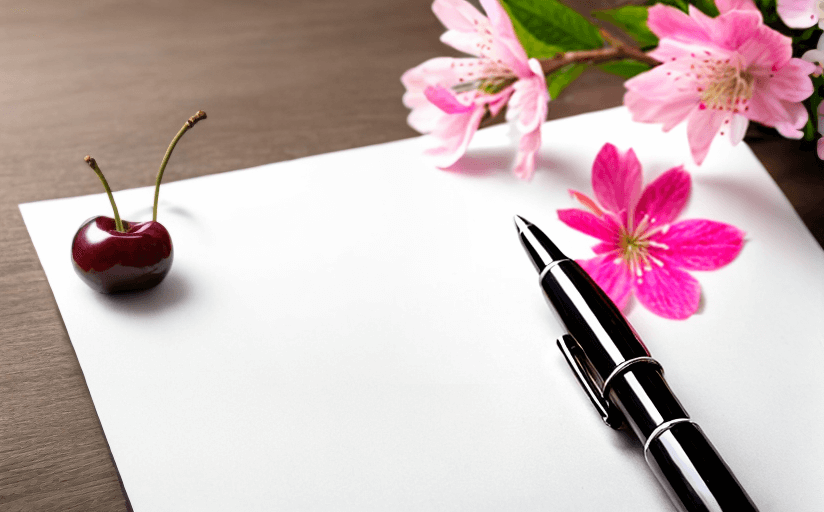The Haiku: A Poetic Form with a Rich History and Evolving Techniques
A haiku is a type of poem that originated in Japan in the 17th century. It is composed of three lines, the first and last having five syllables and the middle having seven. They are traditionally written about nature, and often contain references to seasonal words. Haiku is known for its juxtaposition of two images or ideas, typically with the first line introducing the subject and the second and third lines providing the conclusion.
In Japan, traditional haiku writing is still practiced today. In other countries, the form has evolved to encompass haiku written in other languages, as well as new techniques like adding more syllables to the lines. Themes have also expanded to include more than just nature.
There are many successful examples of haiku from different cultures. For instance, a Japanese haiku written by the renowned poet Matsuo Bashō reads, “An old silent pond...A frog jumps into the pond, splash! Silence again.” A modern English haiku written by poet Margaret Chula reads, “Mountain breeze whispers secrets of eternity – a leaf falls, silent.”
The art of haiku writing has changed since its origins in Japan. The form is now used to express a variety of emotions and themes, and the syllable count and use of season words are not as strictly enforced. Despite these changes, the same principles of juxtaposition of two images, brevity, and simplicity of language remain.
In conclusion, the haiku is an ancient poetic form with a rich and evolving history. It is still widely practiced today, and its techniques have been adapted to a variety of cultures and languages. Haiku continues to be a popular form of poetry, and is a great way for poets to express their thoughts and feelings in a concise and beautiful way.


















Comments
Leave a Comment